Search results for 'de 1'
-
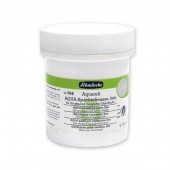
Schmincke AQUA Modeling Paste Medium
Starting at: £11.40
-
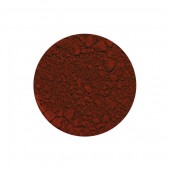
Translucent Red Oxide Pigment
Starting at: £9.80
-
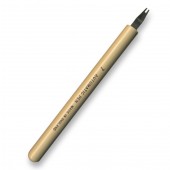
Automatic Border Stroke Pens
Starting at: £19.50
-
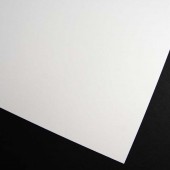
Fabriano Accademia Paper
Starting at: £29.40
-
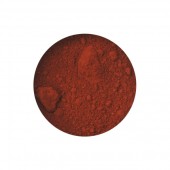
Translucent Orange Oxide Pigment
Starting at: £9.40
-
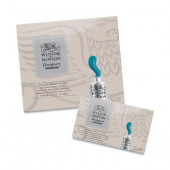
Winsor & Newton Designers Gouache Sets
Starting at: £36.65
-
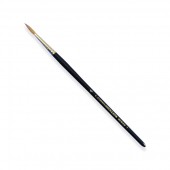
Cornelissen Series 1 Kolinsky Sable Watercolour Brush
Starting at: £11.10
-
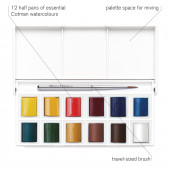
Winsor & Newton Cotman Student Set 12 Half Pans
Starting at: £25.95
-
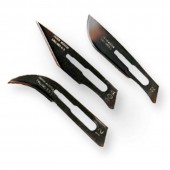
Swann Morton Scalpel Blades
Starting at: £1.10
-
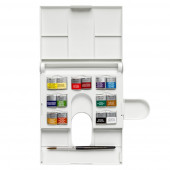
Winsor & Newton Cotman Student Set 14 Half Pans
Starting at: £35.35
Call to Order
-
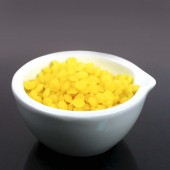
Natural Beeswax
Starting at: £11.20
-
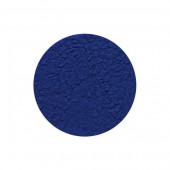
Ultramarine PB29 Pigment
Starting at: £9.10
-
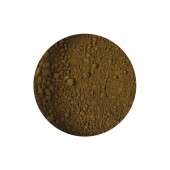
Raw Umber Pigment
Starting at: £4.00
-

French Chalk
Starting at: £5.50
-
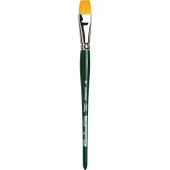
da Vinci Series 122 Nova Flat
Starting at: £3.85
-

Ultramarine Blue Light Pigment
Starting at: £6.00
-
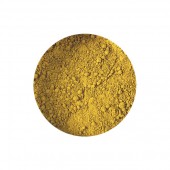
Raw Sienna Pigment
Starting at: £4.00
-
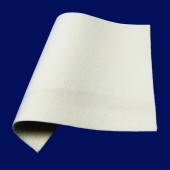
Compressed Etching Press Blankets
Starting at: £0.45
-
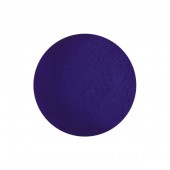
Prussian Blue Pigment
Starting at: £5.20
-
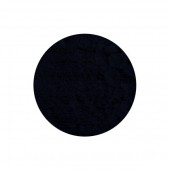
Vine Black Pigment
Starting at: £4.70
-
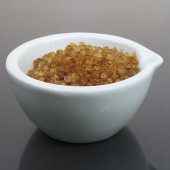
Pearl Glue
Starting at: £6.50
-
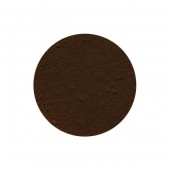
Indian Red Pigment
Starting at: £4.60
-

Venetian Red Pigment
Starting at: £4.60
-
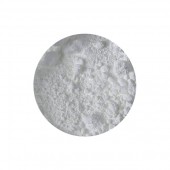
Zinc White Pigment
Starting at: £4.00
-
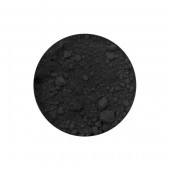
Mars Black Pigment
Starting at: £5.70
-
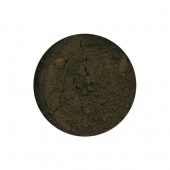
Raw Umber Greenish Pigment
Starting at: £4.80
-
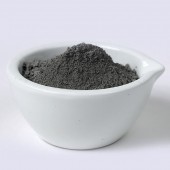
Rottenstone Grey
Starting at: £7.00
-
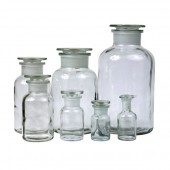
Reagent Jar
Starting at: £6.50
-
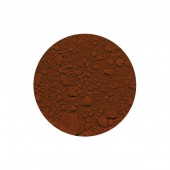
Red Ochre Pigment
Starting at: £4.00
-
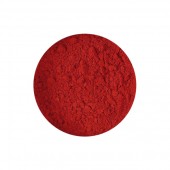
Quinacridone Scarlet Pigment
Starting at: £6.30





